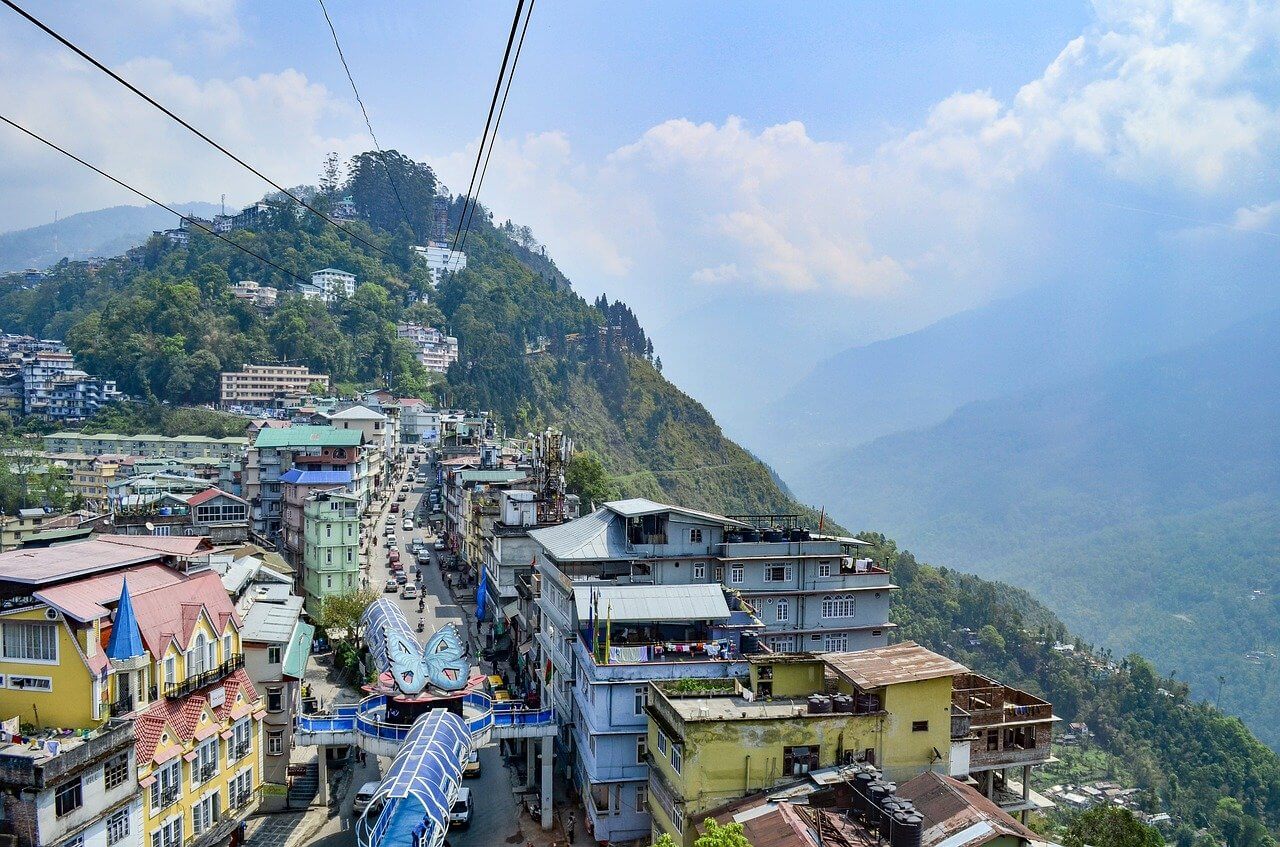With everything that has been going on in the world, finally, when we eradicate COVID-19 from our planet (hopefully soon), the first thing most youngsters will think of is a vacation. Well, that is quite obvious, since we will be quite pierced by our monotonic routines. So that calls for a perfect getaway, doesn’t it? This article will elaborate on my experience in Sikkim in the northeast of India.
If snow-capped mountains and picturesque views are your forte and if frozen lakes and yak rides haven’t been marked in your checklist then, my friend, you ought to visit Sikkim at least once in your lifetime!
Often referred to as the Paradise of the Botanists, up amidst the clouds in the northeast of India, stands Sikkim, the eighth north-eastern sister. This Himalayan utopia is truly a paradise for anyone and everyone, with fields of violet primulas and rhododendrons. I visited Sikkim in May, which was during the summertime but if you truly need a chilly break and want to experience snowfall then visit around the wintertime.
[toc]
HOW TO GET THERE?
BY AIR
Pakyong Airport in Sikkim is located at a distance of 35 km from the state capital Gangtok. There is also the Bagdogra Airport located at a distance of 124 km from Gangtok, with direct flights from all major cities. Helicopter service is also available between Bagdogra and Gangtok, which takes 20 minutes.
BY TRAIN
Currently, the nearest railway stations to Sikkim are Jalpaiguri (188 km from Gangtok) and Siliguri (145 km from Gangtok), both located in West Bengal.
BY ROAD
NH 31-A connects Sikkim to other states, with a scenic view as the Teesta river follows you through the way. Regular buses, taxis, and bikes are easily available.
Also Read | AULI – A Glimpse of Heaven That Every Student Must Visit Atleast Once in a Lifetime
MY JOURNEY – FROM GUWAHATI TO GANGTOK
I started my journey by taking a train to Siliguri in West Bengal from Guwahati in Assam. Then from Siliguri, I took a taxi to Gangtok. The journey by road to Gangtok is totally out of an aesthetically pleasing drone-shot vlog! Since I visited Sikkim in May, the temperatures varied between 15C-22C from day to night in the main town area. But towards the outskirts, it gets quite cold as the altitude increases, even during the summer months. Below are my top ten spots one should be hitting, while in Sikkim.
1. Tsomgo Lake
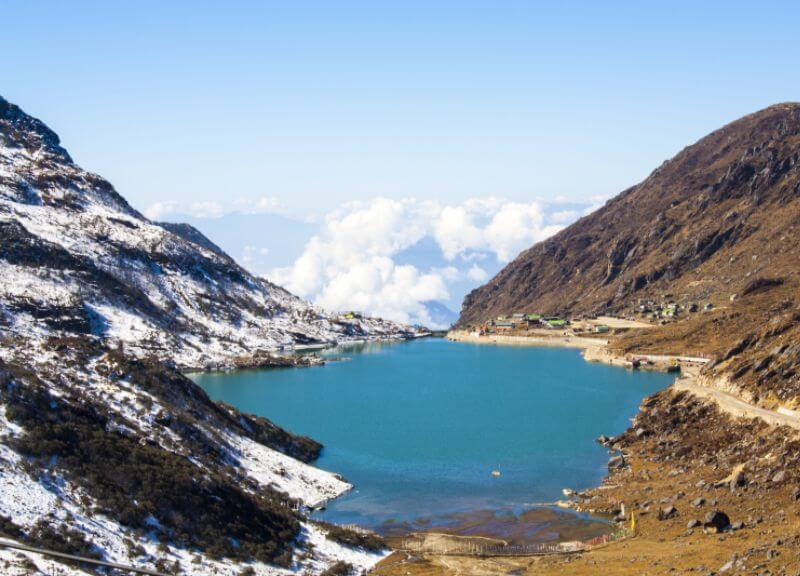
Also called Changgu Lake, it is a glacial lake in East Sikkim. The sheer brilliance of natural beauty with a color-changing lake, from sapphire blue in the springtime to a dark inky green in the wintertime, surrounded by silver firs and pine trees. One can also spot an array of birds here including rose finches, golden eagles, yellow-bellied fantail flycatchers, tufted pochards, and a lot more migratory birds. In the higher ranges, a lucky tourist might also spot musk deers, gorals or red pandas, leopards, and Himalayan black bears.
2. Nathula Pass
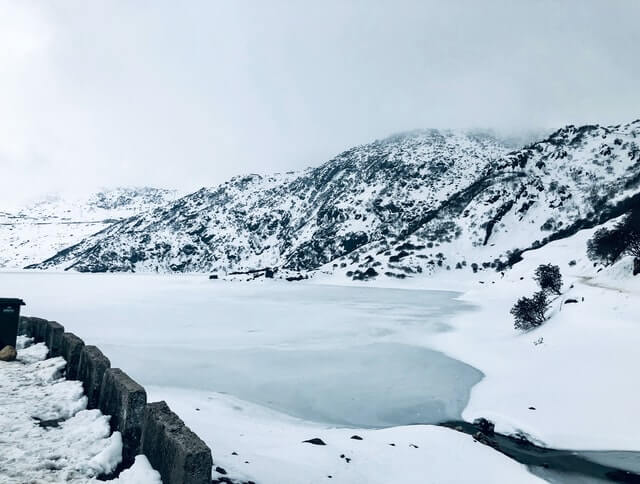
On the same route falls the Nathula Pass which, is located in the India-China border. It is located on the Old Silk Route and situated at a height of 14,140 feet. A great trekking route for enthusiasts, the Sikkim point is the most famous place of interest in this area. The Sherathang market is a popular place to buy different kinds of Tibetian items at cheap prices. There is also a place nearby called Kupup that always stays under clouds.
Also Read | The Gorson Bugyal Trek – Experience & Best Time for Students to Visit
3. Namgyal Institute of Tibetology
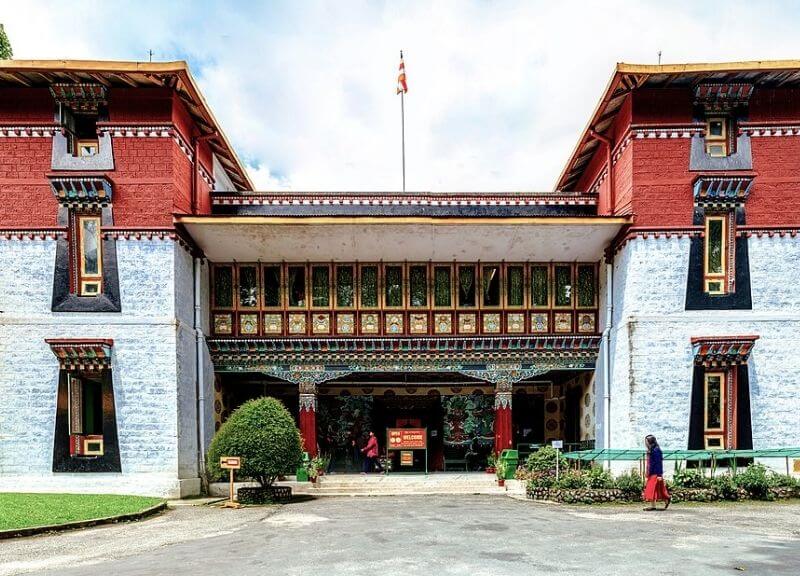
This institute is a world-renowned treasure trove of rare manuscripts, thankas (tapestries used in Buddhist liturgy), and other religious artifacts. This place is surely going to be a history lover’s paradise.
4. Enchey Monastery
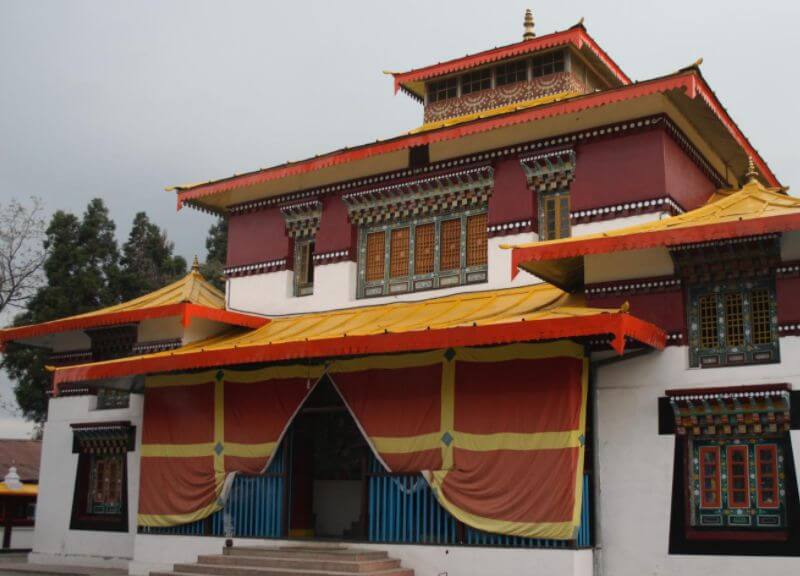
A 200-year-old monastery, it is considered sacred as the protecting deity worshipped by the locals, Khangchendzonga is said to have resided here. While here, do not forget to visit the Stupa beside and the Orchid Sanctuary which showcases 454 orchid species.
5. Rumtek Monastery
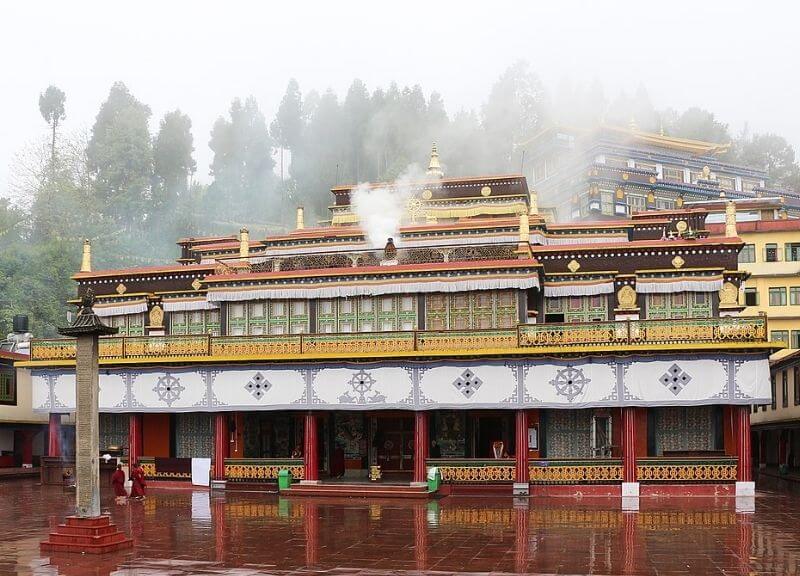
Rumtek monastery is one of the most significant and largest monasteries in Sikkim. It includes a beautiful shrine temple and a monastery. Surrounded by lush greenery, it is a visual treat besides offering spiritual solace.
6. Pemayangtse Monastery

This monastery is a wonder of ancient, unscripted engineering situated at a height of 6,840 feet with a pristine view of the Khangchendzonga range. It also houses the famous sang tak palri, a wooden structure depicting Maha Guru’s heavenly palace.
7. Yumthang Valley of Flowers
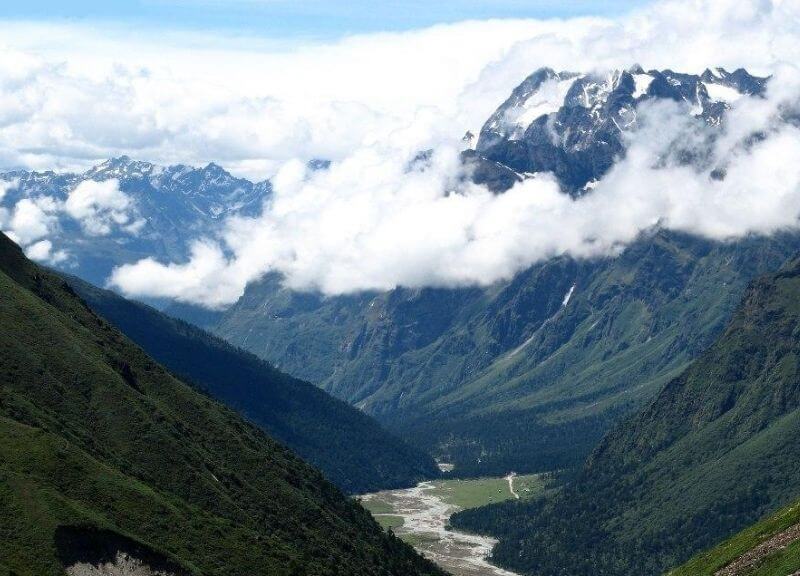
This valley is a nature sanctuary with a river, hot springs, yaks, and pastures on rolling meadows. It houses over 24 species of rhododendrons, the state flower of Sikkim, along with poppies, iris, and primulas.
Also Read | Why is money management and investing important for college students?
8. Point Zero

This is the final civilian destination before China’s border, offering scenic mountain views at an altitude of 15,300 feet. It offers picturesque snow-capped views of the Khangchendzonga range.
9. Lachung
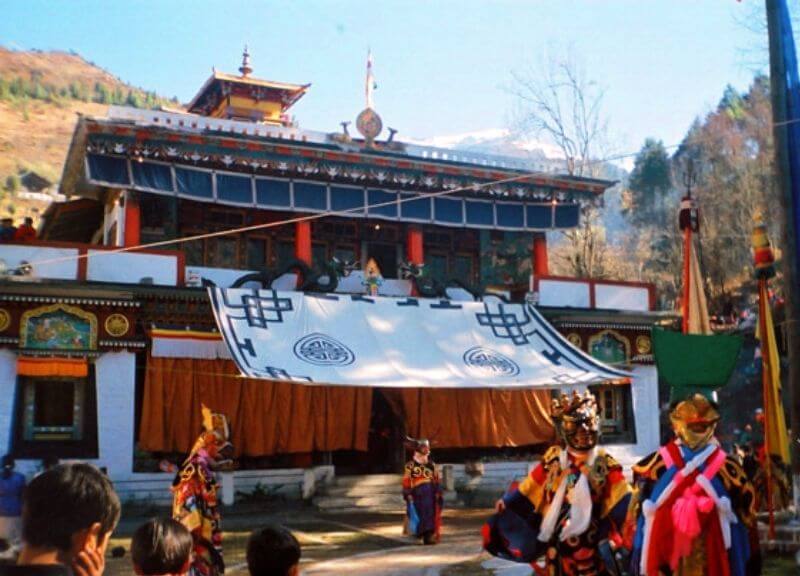
Lachung is a village close to the Tibetian border, divided by the Lachung river. It is surrounded by beautiful apple orchards, waterfalls, pine trees, and hot springs. Mount Katao is 28 km from Lachung, providing a spectacular view of snowfall during winters.
10. Gurudongmar Lake
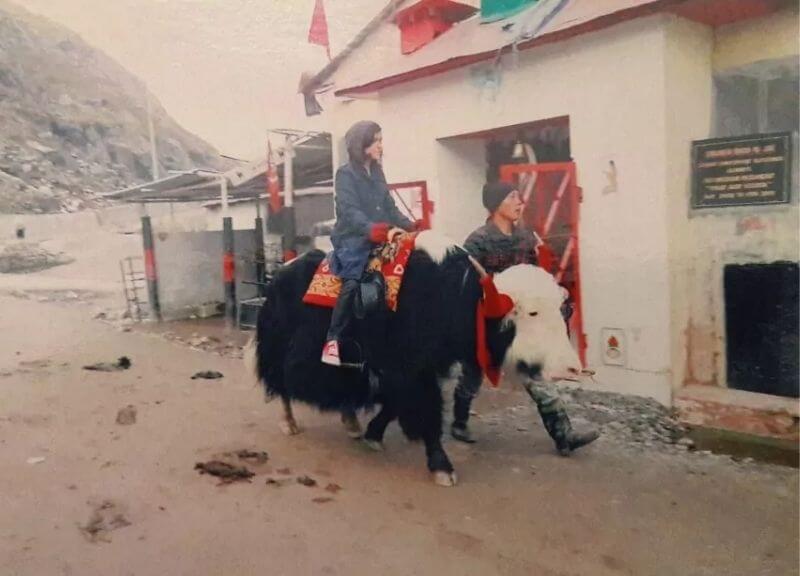
It is one of the highest lakes in the world and considered sacred by Buddhists, Sikhs, and Hindus alike. In the winter months, the lakes remain completely frozen. One can find yaks and blue sheep in the surrounding area. Make sure you take a yak ride while you’re here.
*BONUS! – Baba Harbhajan Singh Mandir

This is a shrine built in honor of Capt. Harbhajan Singh, who served as a sepoy in the Indian Army. Legend has it that he mysteriously vanished during patrolling with his comrades and later appeared in a dream and wished that a shrine be made in his honor. Beside the shrine stands his bunker with locals claiming to hear his footsteps in the bunker at night!
I hope this article helps you plan your itinerary for Sikkim. Do let me know if you’ve visited Sikkim or are planning to visit once everything comes back to normal in the comments section below!
[crp]

